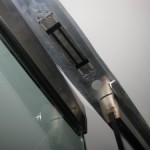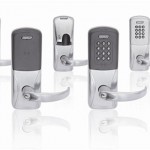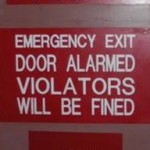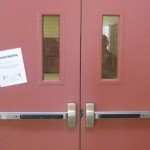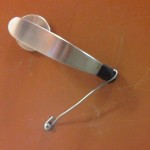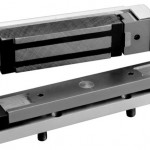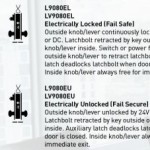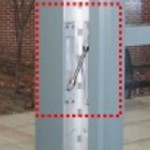Von Duprin QEL Device
I visited a jobsite today and saw some QEL devices in action. If you're not familiar with the QEL device, it is a *quiet* version of the electric latch retraction exit device. When the access control system (card reader, key fob, etc.) signals the door to unlock, the latch(es) retract to allow someone to pull the door open. You can always exit by pushing the touchpad. I have used the QEL device on several high-profile spaces where noise is an issue. I recently specified them for auditoriums at the United States Institute of Peace and the Crystal Bridges Museum of American Art, where the latches are held retracted while the auditorium is unlocked. As you can see in the video below, the touchpads are also held in while the latches are retracted so there will be no sound associated with exiting while the doors are unlocked.







